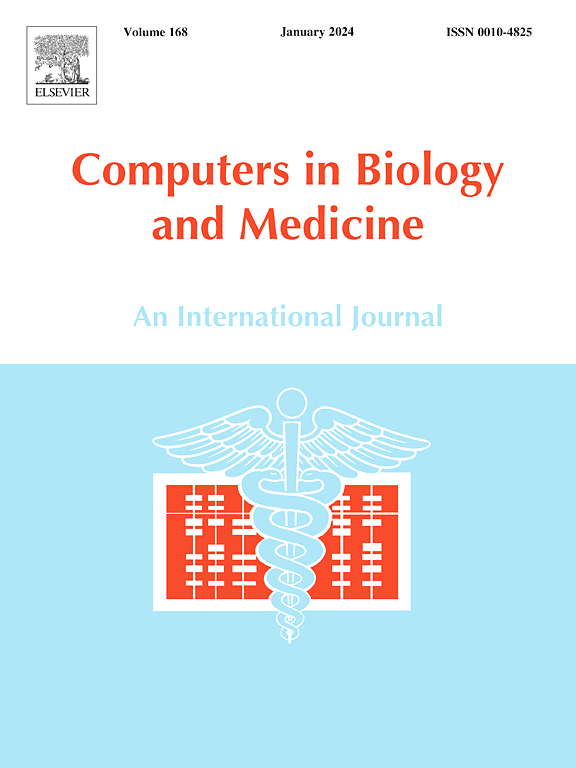LSDVvac: An immunoinformatics database for vaccine design against lumpy skin disease virus
IF 7
2区 医学
Q1 BIOLOGY
引用次数: 0
Abstract
Development of an effective vaccine against Lumpy Skin Disease Virus (LSDV) is crucial for protecting livestock. The current study outlines a web-based platform developed to aid the scientific community in designing effective peptide-based vaccines against LSDV. First, we generated all possible overlapping (K-mer value 9 and 15) peptides from the proteins of 73 LSDV strains. Second, after removing redundancy, the obtained peptides were utilized for predicting B-cell and T-cell epitopes. Third, the predicted B-cell and T-cell epitopes were screened for immunogenicity, allergenicity, and toxicity. Finally, the LSDV candidate vaccine database was developed utilizing 3913 unique B-cell (Linear 3344 and conformational 569) and 6473 unique T-cell (MHC-I 3200 and MHC-II 3273) epitopes. The three-dimensional structure of 156 LSDV proteins from reference (AF325528.1) LSDV genome was predicted using I-TASSER software and implemented in the database. Additionally, tools for genome analysis like DotPlot, Gblocks, BLAST, and gRNA designing were incorporated into the database. In summary, LSDVvac has been developed, which integrates information about predicted potential vaccine candidates along with useful computational tools. LSDVvac database is available at http://45.248.163.59/bic/lsdb/.
开发有效的结节性皮肤病病毒 (LSDV) 疫苗对保护牲畜至关重要。目前的研究概述了一个基于网络的平台,该平台旨在帮助科学界设计有效的肽类 LSDV 疫苗。首先,我们从 73 个 LSDV 株系的蛋白质中生成了所有可能的重叠(K-mer 值为 9 和 15)肽。其次,在去除冗余后,利用获得的多肽预测 B 细胞和 T 细胞表位。第三,对预测的 B 细胞和 T 细胞表位进行免疫原性、致敏性和毒性筛选。最后,利用 3913 个独特的 B 细胞表位(线性 3344 和构象 569)和 6473 个独特的 T 细胞表位(MHC-I 3200 和 MHC-II 3273),建立了 LSDV 候选疫苗数据库。使用 I-TASSER 软件预测了参考(AF325528.1)LSDV 基因组中 156 个 LSDV 蛋白的三维结构,并将其输入数据库。此外,数据库还纳入了 DotPlot、Gblocks、BLAST 和 gRNA 设计等基因组分析工具。总之,LSDVvac 的开发整合了潜在候选疫苗的预测信息和有用的计算工具。LSDVvac 数据库可在 http://45.248.163.59/bic/lsdb/ 上查阅。
本文章由计算机程序翻译,如有差异,请以英文原文为准。
求助全文
约1分钟内获得全文
求助全文
来源期刊

Computers in biology and medicine
工程技术-工程:生物医学
CiteScore
11.70
自引率
10.40%
发文量
1086
审稿时长
74 days
期刊介绍:
Computers in Biology and Medicine is an international forum for sharing groundbreaking advancements in the use of computers in bioscience and medicine. This journal serves as a medium for communicating essential research, instruction, ideas, and information regarding the rapidly evolving field of computer applications in these domains. By encouraging the exchange of knowledge, we aim to facilitate progress and innovation in the utilization of computers in biology and medicine.
 求助内容:
求助内容: 应助结果提醒方式:
应助结果提醒方式:


